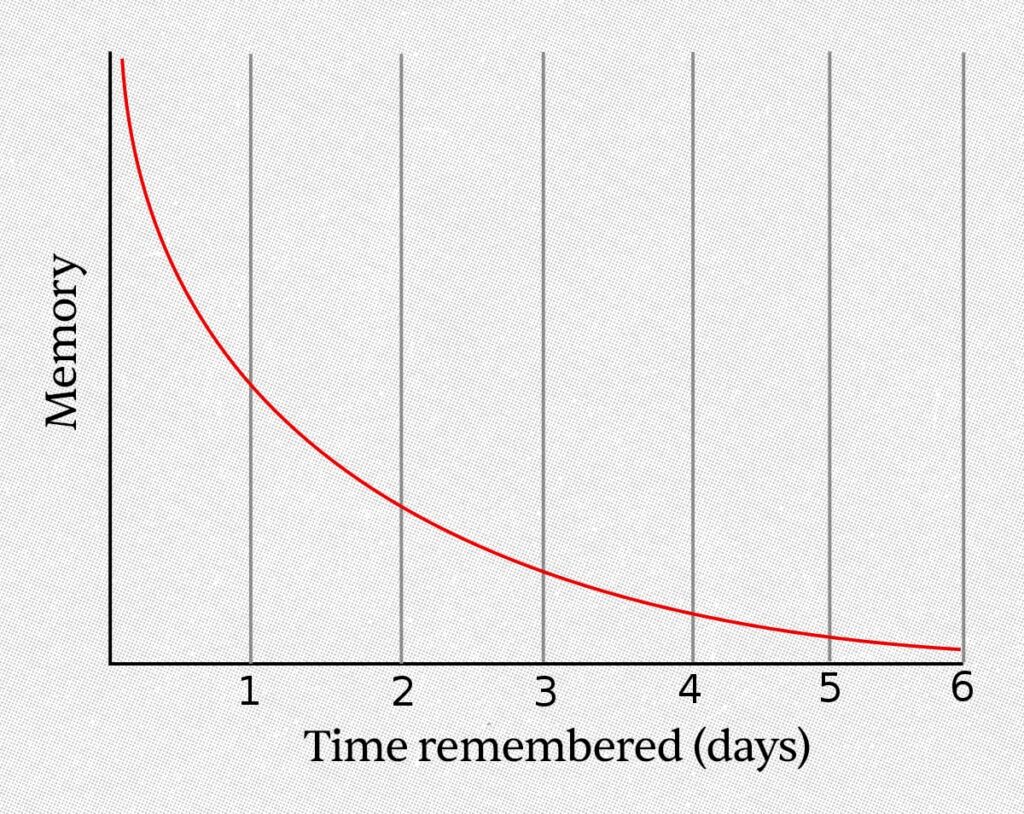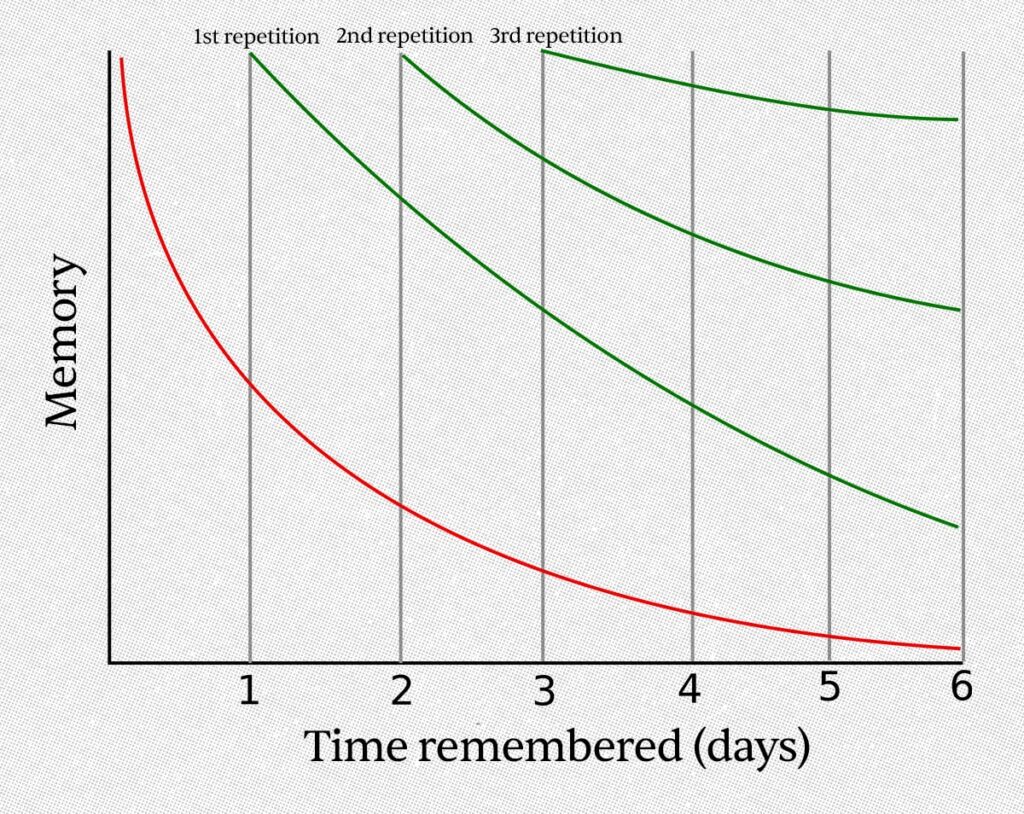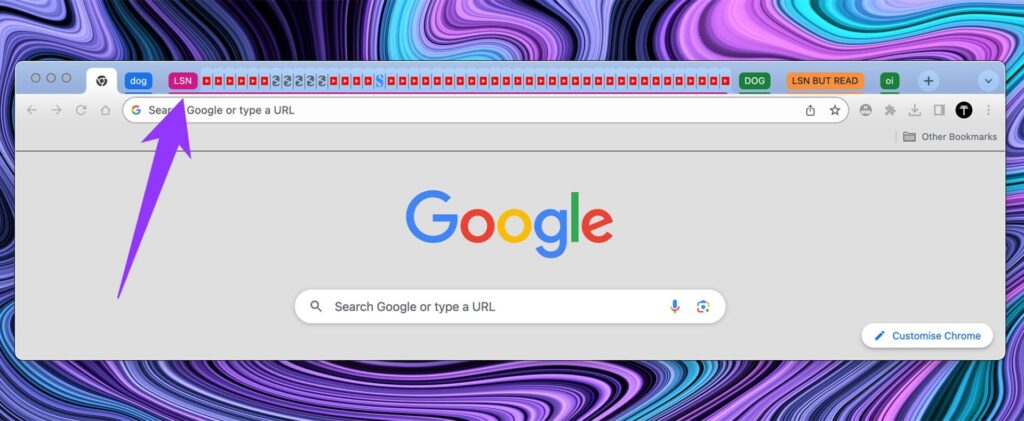Most skills can be learned to a reasonable degree with about 20 hours of focused effort. The problem is that most people will take years to start the first hour.
– Alex Hormozi
Learning is a superpower.
It’s like cheating. You can think of a skill that you want to acquire and if you know how to learn efficiently you can learn anything in the world.
Most people stop learning after school or university.
But that’s when learning begins.
Think about it, in school, you’re forced to learn things doesn’t matter if they bring any value to your life. You don’t have a choice. But after it, you can choose to learn whatever you want. It can be a skill that makes you 100k per year, or anything else not limited by the school system. But as soon as most people get this ability, to learn anything they want, they stop learning.
One of my highest values and goals is freedom. Financial freedom, freedom from addictions, freedom from bad habits, freedom from anxiety, etc.
What does learning have to do with learning how to learn?
When you know how to learn you become more free because you don’t have to rely on other people to do things for you that you can’t do yourself. If you can’t do something that is costing you money or mental space, and you know how to learn, you can just learn it.
There are 2 types of learning.
One is where you learn stuff for school. It usually involves memorization. Another is where you learn something for yourself. It usually involves finding out things that you didn’t know you didn’t know and challenging your beliefs about the world so that you can put what you’ve learned into action.
Learning is when you behave differently the next time you’re in the same situation.
– Alex Hormozi
Today I want to mostly talk about the second type of learning, where you learn things for yourself.
1. Learn just-in-time
Just-in-time learning is only learning something when you need it.
You already do this at a smaller scale. Finding out directions, the capital of a country, how to spell a word correctly, or how to increase fps in a game. But applying just-in-time learning for bigger things is when it gets powerful.
Think of making a website, creating a YouTube video, starting a new business, learning to use new software, etc.
These things look scary. There’s so much to learn.
You think “Ah, maybe I’ll do it when I have more time.”
But adopting the learn just-in-time mentality makes these big things, such as creating a website, look smaller because you don’t feel the pressure to know everything beforehand to get started.
Only once you encounter a problem you seek out for a solution. One by one. It’s so much more fun to do it this way too. It feels natural.
There’s one caveat to this.
You need to get your toes wet first. If you never do anything new, there’s no need for just-in-time learning. There’s no need for any learning at all. You become stagnant. I see a lot of people fall into the trap of “I don’t know how therefore I will not do it”.
Put yourself out there, try new things, build new projects, work on something you think is cool, and take up a challenging task where you know there are holes in your knowledge that need to be filled in order to complete it.
2. Learn from people who have already done it
If you didn’t know how to ride a bike who would you learn from?
(A) A Harvard graduate who studied 100 scientific papers about the best ways of riding a bike.
(B) An influencer who has a $599 masterclass about riding a bike.
(C) Someone who’s riding a bike right next to you.
I’d always pick (C). Learn from people who have already done it.
If you want to make a YouTube video, learn from a person with a lot of views, not from a social media marketing guru who gets 30 views on his videos. If that person doesn’t have any learning materials available just observe what he or she is doing.
That’s the best way to learn.
Look around, observe, analyze, stop, and think about what people whose place you want to be in are doing and do it yourself. Observing someone takes time and effort but it’s the ultimate shortcut. Instead of trial and error, you get to see what already works and save hours of failing yourself.
3. Use active recall
We tend to forget things that we learn over time. This is called the forgetting curve.

Just-in-time learning means you apply the thing that you learn immediately.
However, for those times that you can’t apply the things you learn immediately, you can use a technique called active recall. It works wonderfully for memorizing things for school and university too.
Essentially, it’s trying to remember what you learned (in your own words) after some time.
You read something, an hour passes, and then you try to explain in your head what you learned. Then, one day passes, and you do the same.
When you do this look at what happens to the forgetting curve.

It flattens out and you’re able to retain things that you learned a lot longer.
So active recall could be a very useful tool for remembering information that you don’t intend to use immediately.
4. Spread it out
If you want to learn something in-depth, let’s say Photoshop it’s not going to be enough to just buy 1 course and call it a day.
It usually takes a long time to master something. But it doesn’t mean that you have to master it in big chunks. You can do it little by little.
There’s this 5-minute rule:
I you don’t want to learn or do something, set a timer and do it for 5 minutes. If after those 5 minutes, you don’t want to continue you can stop.
Humans are inert creatures. If we do something we want to continue doing it.
The 5 min rule is good for getting started but also implements a maximum amount of time.
This is beneficial in 2 ways – (1) You don’t burn out (which makes you want to do that thing another day), and (2) Parkinson’s law (which states that work fills the time that it’s given).
If you give yourself 5 minutes to learn something chances are it will take you 5 minutes to do it (assuming it’s not to memorize the whole dictionary). If you give yourself 2 weeks, it will take 2 weeks.
5 minutes is a little short for me so I decided to double it.
I’ve set myself a goal to learn something new every single day. And in the beginning, I allowed myself only 10 minutes to do it. I’ve now been doing this for almost 2 years. Every single day. Religiously. This one habit is probably the one that influences my life the most. I have a bunch of Chrome tabs with YouTube videos that I collect and put in my “Learn something new” pile.

I open this pile every day, set the videos there to play at 2x speed (keyboard shortcut for that is shift + >), and try to actively learn something new within 10 minutes (of course, sometimes it takes longer than that).
Which brings me to the next point.
5. Build the habit of learning
Learning is a lifelong process.
Someone who learns 10 minutes a day for a lifetime will beat someone who learns for 2 hours a day for 3 months and calls it a day.
Build a habit of learning.
One of the best ways to do it is to attach it to an existing habit. For example, learn something new as you’re drinking your morning coffee, or after you brush your teeth.
I talked about the most powerful habits in my email newsletter or this YouTube video.
Also, whatever skill you learn (even if you don’t use it right away) doesn’t go to waste, you can lose money but you can’t lose your skills. If you improve your skills you will increase your baseline of living. And no one can take it away from you.
Moreover, learning compounds over time and your skills stack on top of one another. So the sooner you acquire them the more time they have to compound.
Thanks for reading 👋.